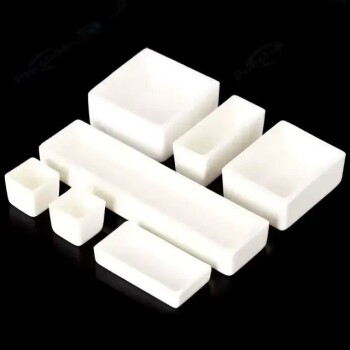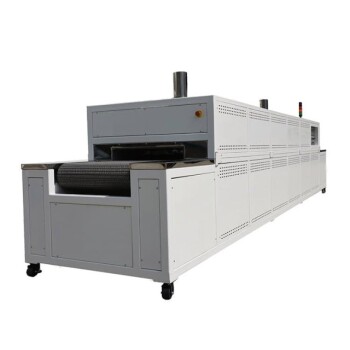马弗炉概述
类型和用途
马弗炉通常被称为高温灰化炉,是一种用途广泛的加热设备,在各行各业都有应用。这些炉子在以下领域不可或缺 热加工 在热加工行业中,马弗炉是不可或缺的设备,它们有助于对材料进行受控加热和冷却,以实现特定的物理和化学变化。在 制药行业 马弗炉用于灭菌和热解等工艺,确保药物的纯度和有效性。
在 分析化学 在分析化学领域,马弗炉在样品制备过程中发挥着重要作用,特别是在灰化等技术中,将有机材料转化为无机残留物,以便进一步分析。对于 煤质分析 马弗炉用于测定煤炭样品的灰分含量和热值,为能源生产和环境评估提供重要数据。
金属 烧结 马弗炉有助于将金属粉末压制成具有更强机械性能的固体。类似的还有 热处理 应用也使用马弗炉来改变金属的微观结构,从而提高其硬度、强度和耐磨性。
在 陶瓷烧制 在陶瓷烧制领域,马弗炉是实现陶瓷玻璃化所需的高温的关键,可确保陶瓷的耐久性和美观性。最后,在 实验研究 在实验研究领域,马弗炉是进行高温实验的可靠手段,有助于推动各学科的发展。
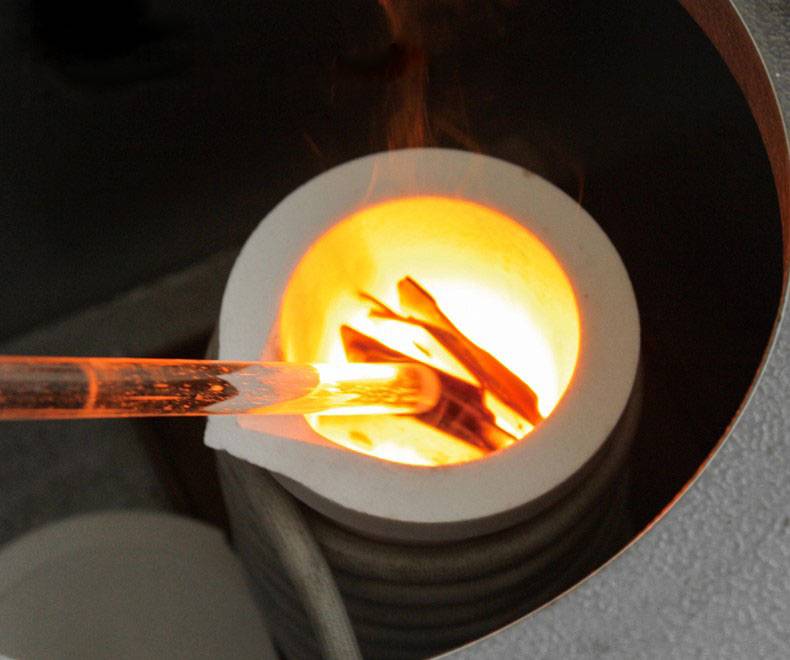
性能特点
马弗炉具有一系列性能特点,可满足不同的实验室需求。这些窑炉的工作温度范围很广,通常超过 1000°C,因此适用于陶瓷烧制和金属烧结等高温应用。这些窑炉的加热速度非常快,可以实现快速热处理,从而大大缩短实验周期。
精确的温度控制是另一个关键特征,可确保窑炉保持精确的温度,这对于要求高精度的实验至关重要。这种控制水平通常通过先进的温度控制系统来实现,其精度可达 ±1°C 或更高,是分析化学和其他敏感应用的理想选择。
马弗炉的炉腔容积可以定制,实验室可以根据自己的具体需求选择合适的尺寸。无论是处理小样品还是大批量样品,炉膛设计的灵活性都能确保炉子适应各种实验设置。
一些先进的型号采用了节能型陶瓷纤维炉腔,不仅提高了炉子的效率,还有助于增强其耐用性。这些炉室的设计可以更有效地保持热量,从而降低能耗并延长炉子的使用寿命。能效和耐用性的完美结合使陶瓷纤维炉膛成为许多实验室的首选。
主要特点
马弗炉有几个主要特点,使其适用于各种实验室和工业应用。这些特点不仅增强了窑炉的功能,还确保了操作的安全性和效率。
其中一个突出特点是 分体式设计炉体 分体式设计的炉体更便于维护和修理。这种设计通常将加热室与控制面板分开,降低了电气危险的风险,使加热元件等部件的更换更加简单。
智能控制器 是另一个关键部件,具有先进的自动化和精确性。可以对这些控制器进行编程,以管理复杂的加热周期,确保窑炉在所需的温度范围和持续时间内运行。它们通常带有用户友好界面,即使是新手操作员也能轻松设置和监控窑炉。
耐用的加热元件 耐用的加热元件 是长期保持性能稳定的关键。这些加热元件通常由碳化硅或二硅化钼等优质材料制成,可以承受高温而不发生老化,从而确保可靠的加热并延长炉子的使用寿命。
先进的温度控制系统 可精确调节内部温度。这对于分析化学或材料科学等需要精确温度条件的实验至关重要。许多现代窑炉的温度均匀度在 ±1°C 以内,这对于获得一致的结果至关重要。
安全是实验室环境中最重要的问题,马弗炉配备了多种 安全功能 .这些装置包括自动关闭装置、超温警报器和紧急停止按钮,确保即使在无人看管的情况下也能安全地操作窑炉。
最后,能够 定制炉腔 可灵活处理不同类型和大小的样品。无论您是需要小炉膛进行常规分析,还是需要大炉膛进行批量处理,可定制的选项都能确保窑炉满足特定需求。
总之,马弗炉的这些特点使其成为实验室广泛应用的可靠选择。
选择合适的马弗炉
温度要求
在选择马弗炉时,考虑特定实验所需的温度范围至关重要。不同的工艺需要不同的极端温度,了解这些需求对于选择合适的设备至关重要。
例如,材料干燥通常需要适中的温度,一般在 500 到 600°C 之间。这一温度范围可确保材料在不造成热降解的情况下高效干燥。另一方面,陶瓷烧制过程通常需要更高的温度,有时甚至高达 1700°C。这些高温是实现陶瓷所需的结构和物理特性所必需的。
| 工艺类型 | 温度范围 | 温度控制的重要性 |
|---|---|---|
| 材料干燥 | 500-600°C | 确保高效干燥,无热降解 |
| 陶瓷烧制 | 最高 1700°C | 实现理想的结构和物理特性 |
了解这些温度要求有助于选择能精确满足实验热需求的马弗炉,确保获得最佳结果和工艺效率。
炉膛尺寸
选择马弗炉时,炉膛尺寸是一个重要的考虑因素,直接影响实验效率和结果。炉膛尺寸必须与您打算处理的样品大小和数量相称。较大的样品或较多的样品量需要较大的炉腔,以便为均匀加热和处理提供必要的空间。
要确定合适的炉腔尺寸,首先要评估典型样品的尺寸。考虑这些样品是标准样品还是异常大的样品。例如,如果您经常同时处理大型陶瓷件或多个样品,那么较大的炉腔将是必不可少的。相反,较小的样品室适用于更紧凑或单独的样品,从而优化空间和能源效率。
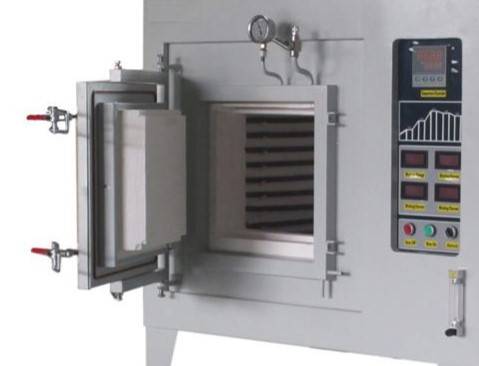
另一个需要考虑的因素是定期处理的样品量。较高的吞吐量要求可能需要较大的样品室,以避免频繁的重新装载并保持连续运行。这一点对于制药或分析化学实验室等经常进行批量处理的行业尤为重要。
总之,应根据实验室的具体需求来选择炉腔尺寸。通过仔细评估样品的尺寸和体积,您就可以选择一款炉膛尺寸能够确保最佳性能和实验效率的马弗炉。
温度均匀性
要进行精确的实验,选择温度均匀性高的炉子至关重要。温度均匀性通常由整个热区的温度变化来衡量,通常用一个范围来表示(例如 ±20°F)。例如,符合 AMS 2750D 4 级标准的窑炉在 300-600°F 范围内的温度均匀性为 ±20°F。这种精度水平可确保炉腔内的所有样品都能经历一致的加热,这对结果的可重复性至关重要。
不过,并非所有应用都需要如此严格的均匀性。例如,一般的材料干燥可能就不需要如此高的精度。在这种情况下,温度均匀性规格更宽泛的炉子可能就足够了,这样既能降低成本,又不会影响工艺的整体效果。
炉内温度均匀性在很大程度上受热区设计的影响,包括隔热材料和加热元件的布置。通过精心设计,尽量减少缝隙和开口,特别是在气体出口等关键点,可以达到最佳的均匀性。此外,多区加热系统还有助于动态调整功率输入,确保炉腔内的温度分布更加均匀。
| 温度范围 | 均匀性 (±°F) | AMS 2750D 等级 |
|---|---|---|
| 300-600°F | 20 | 4 级 |
| 600-900°F | 15 | 3 级 |
| 900-2500°F | 10 | 2 级 |
了解这些规格可指导您根据实验室的具体需求选择合适的窑炉,在精度和实用性之间取得平衡。
升温速率
在选择满足实验室需求的马弗炉时,升温速率是一个需要考虑的关键因素,尤其是对于需要快速热循环的过程。升温速度快的炉子可以大大缩短达到所需工作温度所需的时间,从而加快实验进度并提高整体效率。
对于快速烧结或快速热处理等应用,能够在短时间内实现高温梯度的炉子是必不可少的。这些快速热处理要求设备能够从环境温度迅速过渡到工作温度,确保在规定时间内改变材料特性。
不过,需要注意的是,并非所有实验室工艺都需要快速升温。例如,常规烧结可能不需要这种功能,因为它通常需要在稳定的温度下长时间加热。在这种情况下,使用升温速率较为适中的炉子就足够了,这样可以在性能与成本效益之间取得平衡。
| 工艺类型 | 升温速率要求 |
|---|---|
| 快速热加工 | 高(快速升温) |
| 常规烧结 | 中等(稳定升温) |
总之,虽然快速升温速率可以改变某些实验室应用的情况,但它并不是普遍必需的。仔细考虑您的具体实验需求将有助于您确定速度与成本之间的最佳平衡。
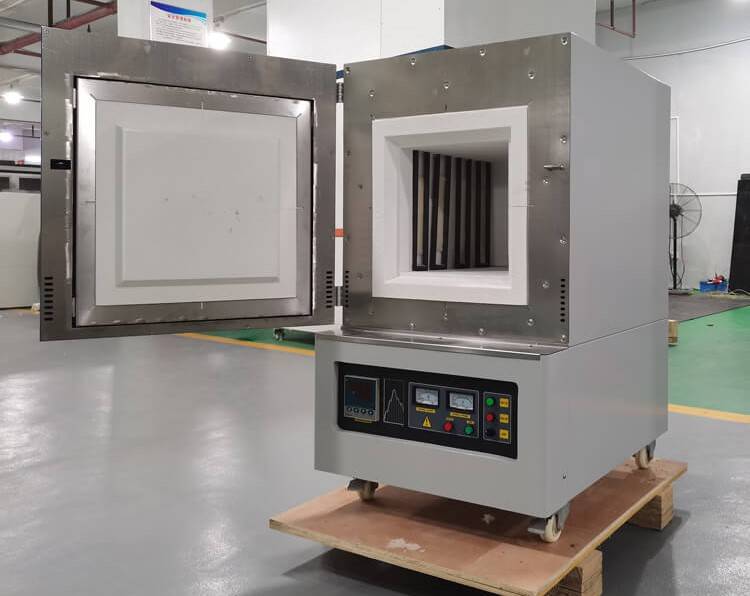
控制精度
对于需要精确温度控制的实验,必须选择高精度的窑炉,通常精度在 ±1°C 或更高。这种精度水平可确保热条件保持一致并在所需参数范围内,这对于涉及敏感材料或精确化学反应的实验至关重要。
| 精度等级 | 典型应用 |
|---|---|
| ±1°C 或更高 | 分析化学、制药研究和需要精确温度控制的实验研究。 |
| ±5°C 或更高 | 一般加热处理、材料干燥和常规烧结过程。 |
相比之下,材料干燥或常规烧结等一般加热处理可能不需要如此严格的精度。这些工艺通常可以承受更大范围的温度变化,因此控制精度较低的窑炉也能满足其需要。因此,窑炉的选择应符合实验的具体要求,以确保效率和精度。
炉子材料
选择马弗炉时,炉膛材料是直接影响炉子性能和使用寿命的关键因素。炉膛的两种主要材料是陶瓷纤维和耐火砖,每种材料都具有适合不同应用的独特优势。
陶瓷纤维炉膛以其快速加热能力和能源效率而闻名。这些炉床由轻质隔热材料组成,可实现快速的温度变化,因此非常适合需要频繁或快速加热循环的工艺。它们的高能效设计有助于降低运营成本,这对于以能耗为主要关注点的实验室尤为有利。
另一方面,耐火砖炉膛可承受极端温度,在高温应用中更加耐用。这些炉床使用的材料可以经受长时间的高温而不会降解,因此适合需要持续高温处理的操作,如陶瓷烧制或金属烧结。虽然与陶瓷纤维炉膛相比,陶瓷纤维炉膛的加热时间可能更长,但其卓越的耐用性可确保在苛刻条件下延长使用寿命并保持稳定的性能。
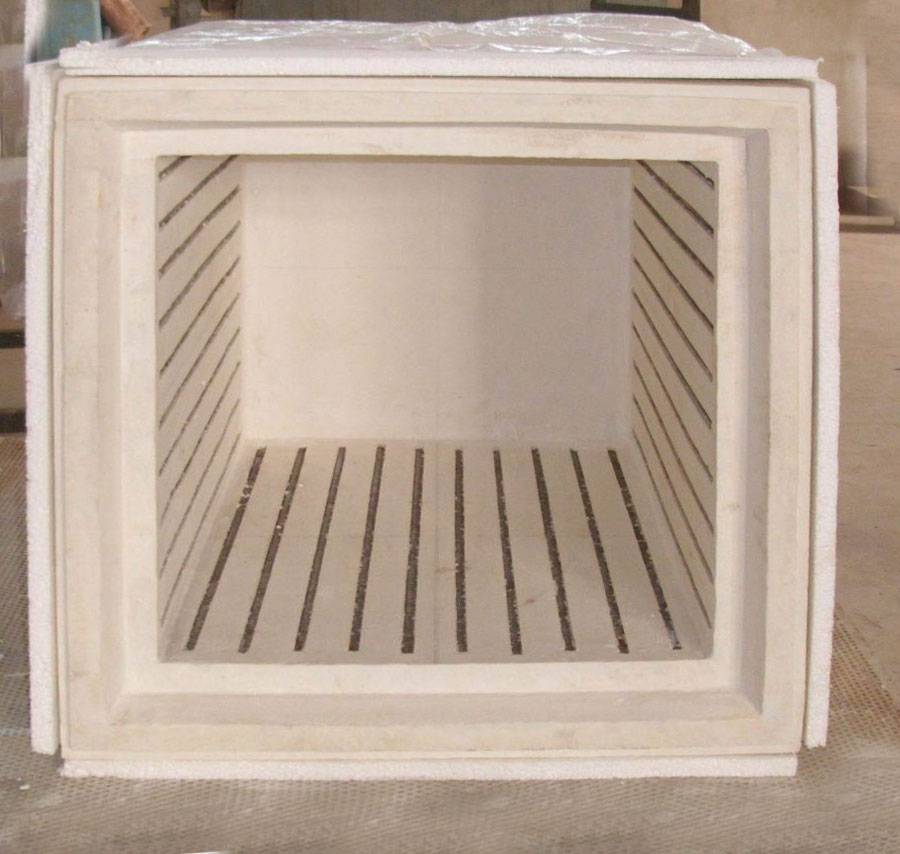
选择哪种材料取决于实验室工艺的具体要求。对于需要快速加热和节能的实验,陶瓷纤维炉床是首选。但是,对于需要连续高温操作的应用,耐火砖炉膛则具有必要的坚固性和可靠性。
附加功能
在选择马弗炉时,考虑一些可提高实验功能和效率的功能至关重要。 可编程控制 尤其适用于需要精确、多级热处理的实验。这些控制器可以定制加热曲线,确保过程的每个阶段都能准确一致地执行。
自动报警 是另一项基本功能,可对达到特定温度、功率波动或系统故障等关键事件提供实时通知。这可确保您及时处理任何问题,最大限度地降低实验错误或设备损坏的风险。
对于涉及 敏感材料 或 时间紧迫的过程 可使用 远程监控 和 数据记录 等功能非常宝贵。通过这些功能,您可以跟踪和记录一段时间内的温度数据,为了解窑炉的性能和实验结果提供宝贵的信息。
此外,还可以考虑配备以下功能的窑炉 节能技术 例如 陶瓷纤维室 与传统的耐火砖炉膛相比,陶瓷纤维炉膛加热时间更快,能耗更低。这些功能不仅能降低运行成本,还有助于营造更可持续的实验室环境。
通过仔细评估这些附加功能,您可以选择一款不仅能满足您的实验需求,还能提高实验室工作整体效率和效果的马弗炉。





